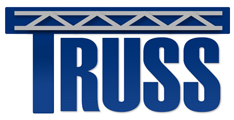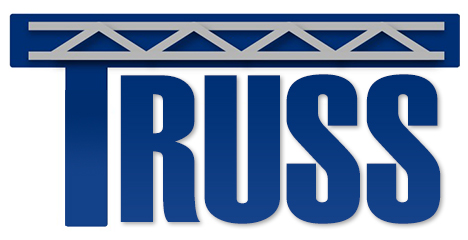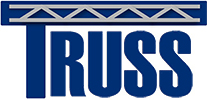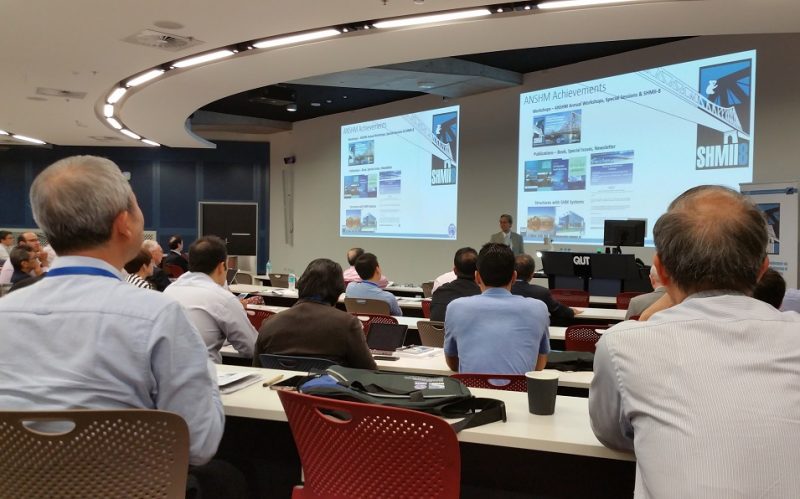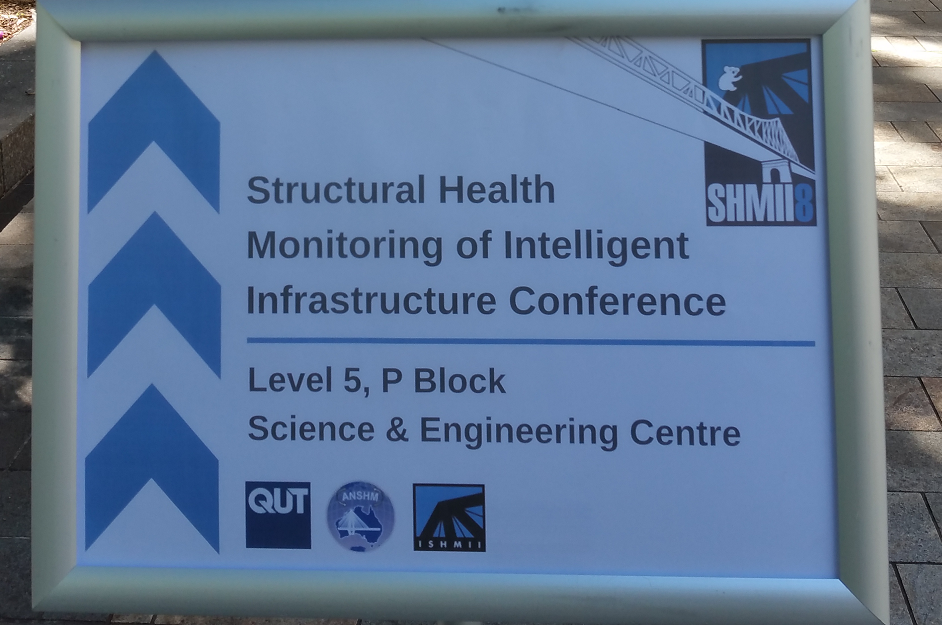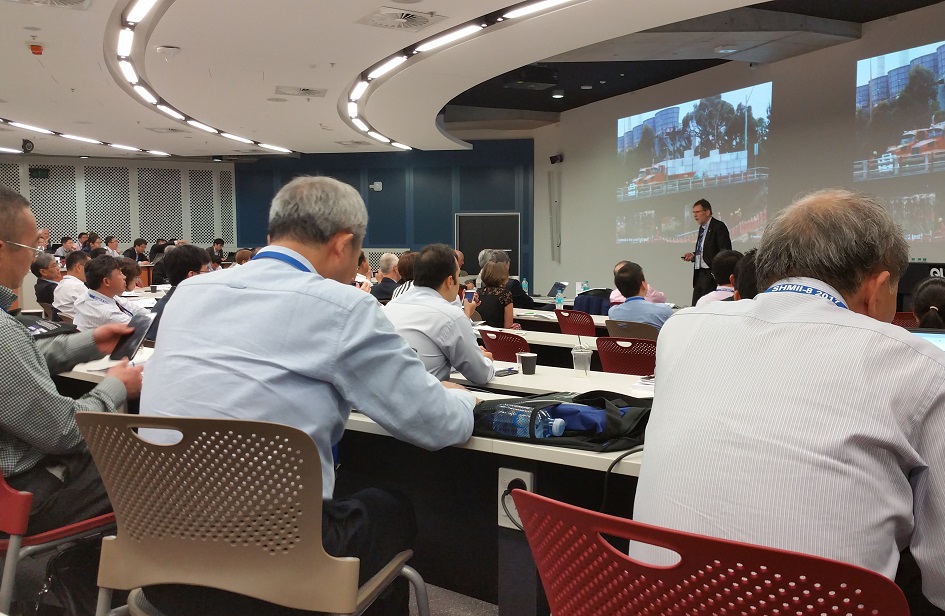TRUSS ESRs and supervisors from WP5 have jointly published a paper on the project overall as well as results to date in each individual project carrying out research on bridges in a major conference on Structural Health Monitoring. The title is ‘Structural Health Monitoring Developments in TRUSS Marie Skłodowska-Curie Innovative Training Network‘, by A. González, F. Huseynov (ESR7), B. Heitner (ESR8), M. Vagnoli (ESR9), J.J. Moughty (ESR10), A. Barrias (ESR11), D. Martinez (ESR12), S. Chen (ESR14), E. OBrien, D. Laefer, J.R. Casas, R. Remenyte-Prescott, T. Yalamas, J. Brownjohn. The paper has been presented by the Project Coordinator in the 8th International Conference on Structural Health Monitoring of Intelligent Infrastructure (SHMII-8), held in Brisbane, Australia, from 5th to 8th December 2017. Out of 246 full papers that were submitted to the conference, 184 full papers were accepted. The Conference was attended by 222 delegates from 26 countries covering 6 continents. The TRUSS talk took place on Friday 8th December from 10:50 to 11:20 in room P413 of Level 5, P Block, QUT Gardens Point Campus. It was included within the session “Critical Issues for SHM, Intelligent Systems, Smart Sensors” chaired by David Hester and Jie Xu. Questions from the audience were focused on the use of distributed optical fiber sensing and rotations for the purpose of detecting damage.

Coordinator presenting about TRUSS at SHMII-8 in Brisbane, Australia (8 Dec 2017)
Abstract. This paper reports on recent contributions by the Marie Skłodowska-Curie Innovative Training Network titled TRUSS (Training in Reducing Uncertainty of Structural Safety) to the field of structural safety in rail and road bridges (http://trussitn.eu). In TRUSS, uncertainty in bridge safety is addressed via cost-efficient structural performance monitoring and fault diagnostics methods including: (1) the use of the rotation response due to the traffic traversing a bridge and weigh-in-motion concepts as damage indicator, (2) the combination of design parameters in probabilistic context for geometrical and material properties, traffic data and assumption on level of deterioration to evaluate bridge safety (via Bayesian updating and a damage indicator based on real time measurement), (3) the application of a fuzzy classification technique via feature selection extracted using empirical mode decomposition to detect failure, and (4) the testing of alternative vibration based damage sensitive features other than modal parameters. Progress is also made in improving modern technologies based on optical fiber distributed sensing, and sensors mounted on instrumented terrestrial and on aerial vehicles, in order to gather more accurate and efficient info about the structure. More specifically, the following aspects are covered: (a) the spatial resolution and strain accuracy obtained with optical distributed fiber when applied to concrete elements as well as the ideal adhesive, and the potential for detecting crack or abnormal deflections without failure or debonding, (b) the possibility of using the high-resolution measurement capabilities of the traffic speed deflectometer for bridge monitoring purposes and, (c) the acquisition of bridge details and defects via unmanned aerial vehicles. -> Link to full paper in repository
